|
Stay tuned each week for Stu's top moths! Masters student Stuart Brooker is conducting weekly moth trapping in the woodlands around Durham University. This week Stu's picks for the top moths were: Tune in each week for Stu's moth updates!
0 Comments
Andrew Rogers, a visiting researcher in our group, is joining Professor Salit Kark and Dr. Berndt van RensBurg at University of Queensland studying the effects of invasive species on native bird communities in south-east Australia. In the south-east of Australia native species occupying urban green space must contend with modified habitat structure, invasive species and highly aggressive native birds such as the Noisy Miner. One important invasive bird, the Common Mynah, has been successfully introduced around the world including Australia. However, the extent to which the Mynah competes with native Australian species for food and habitat space is poorly understood. While eradication programs for the Mynah have been conducted in some cities in Australia, the benefit of such programs for native species is unclear. This research aims to improve conservation practices for Australia’s urban birds by improving our understanding of the interactions between invasive species, habitat change, and aggressive native species. The research is a collaboration between University of Queensland School of Biological Sciences and the Australian Research Council Centre of Excellence for Environmental Decisions. Congratulations Andrew!
|
Archives
March 2019
Categories
All
|
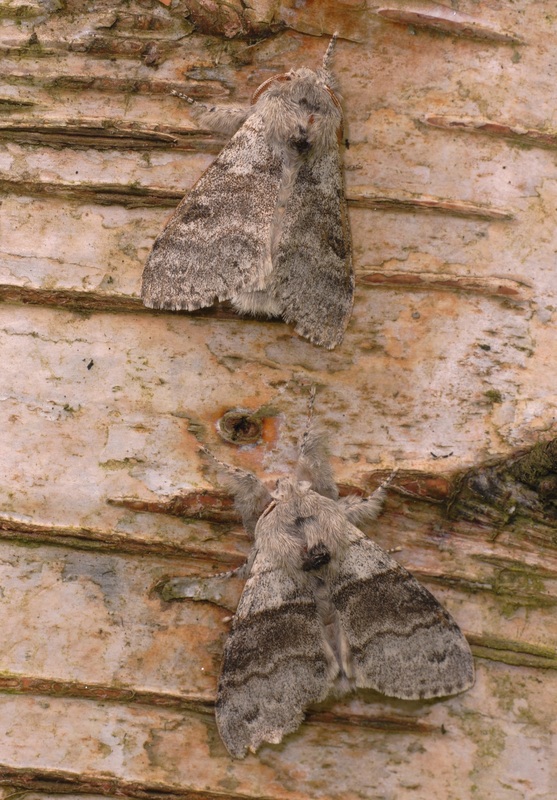
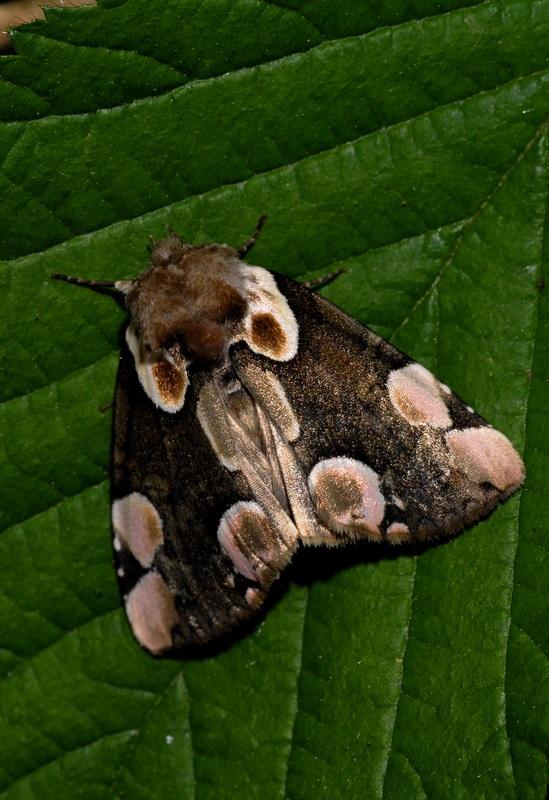
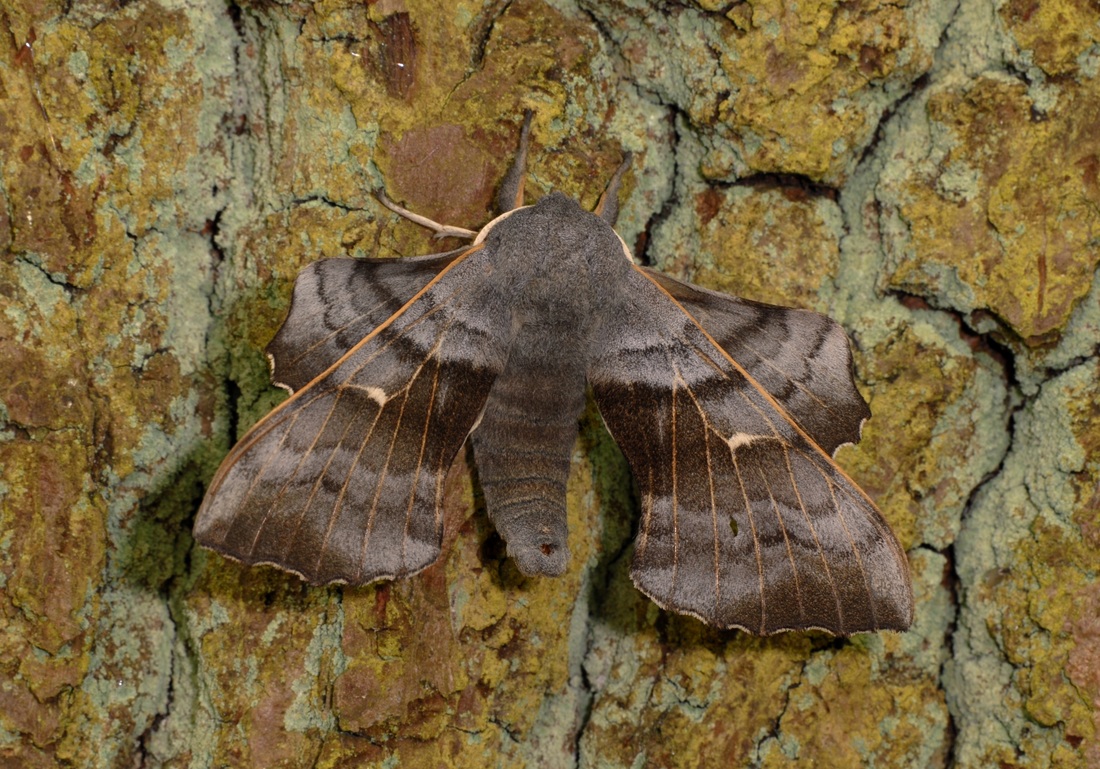
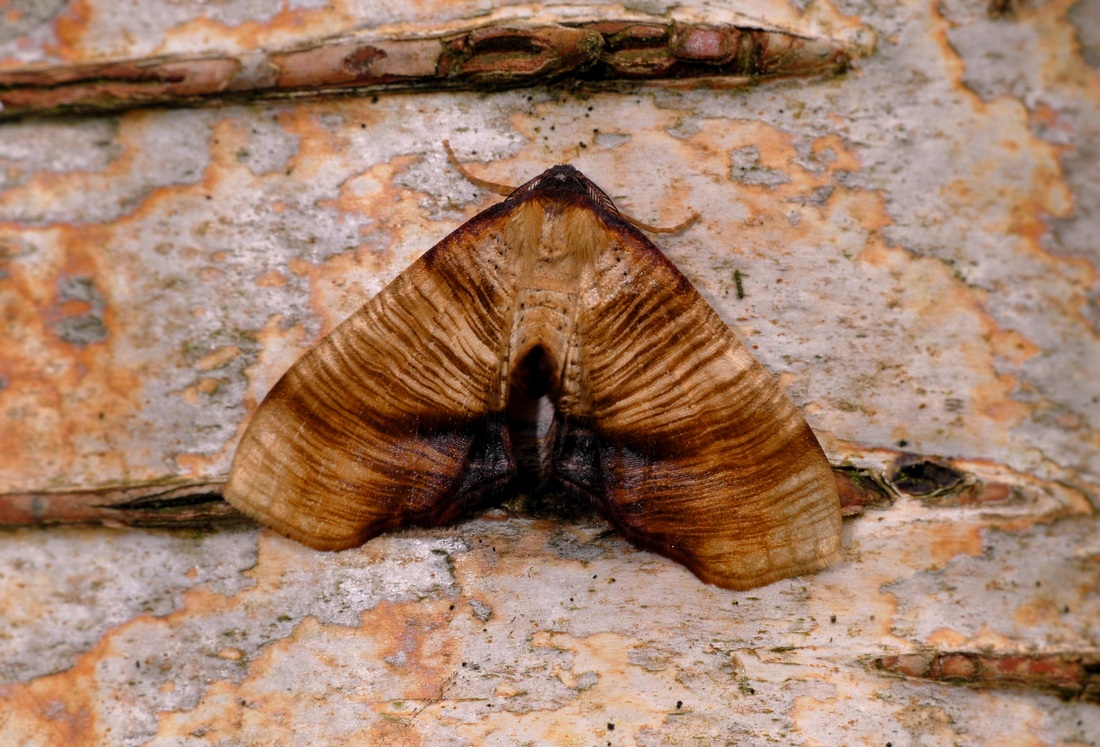
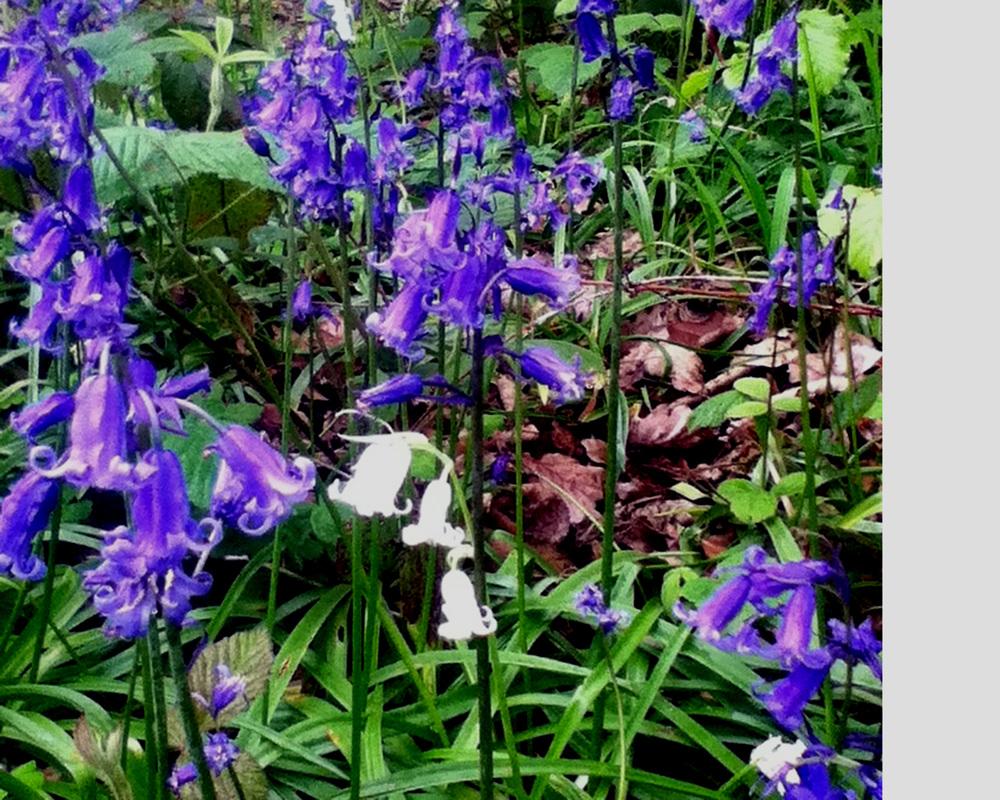
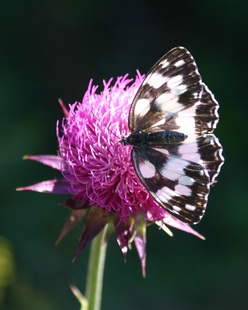
 RSS Feed
RSS Feed
